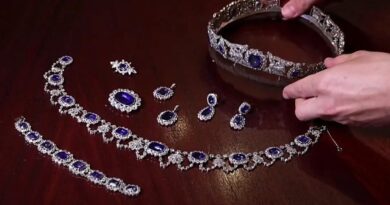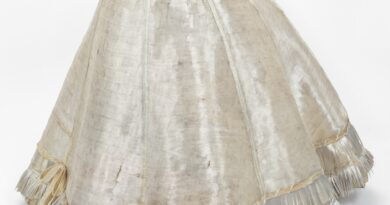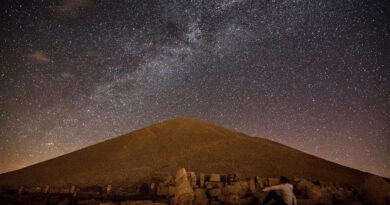Gestapo Staged Hunt The Jew Shooting Party In Last Days Of The War
As Russian forces closed in on the Austrian capital Vienna in the last days of the war an elite group of SS officers, Gestapo leaders and local socialites gathered for a party where the highlight was to shoot a Jew.
After the massacre of dozens of Jewish prisoners, who were being kept at a castle in a village in southern Burgenland near the Hungarian border, the partygoers continued drinking, leaving the remaining prisoners to bury the bodies.
The bodies were never discovered, but now digging has begun under the watchful eye of the son of one of the victims who hopes that he can mark their final resting place before he dies.
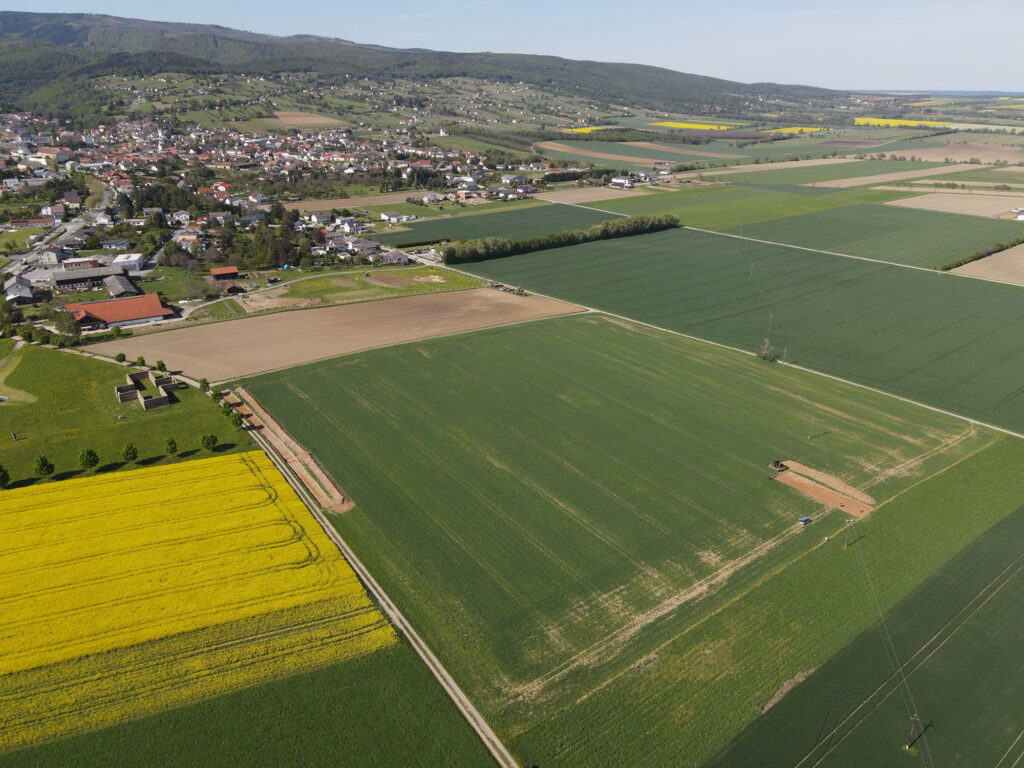
Hungarian surgeon, Gabor Vadasz, now aged 85, is the last known surviving relative of those that were murdered for entertainment at the party.
His father, Geza, was one of the massacre victims, as too was Geza’s twin brother Arpad. Both had just turned 48 a few days before they were killed.
He said: “My father and the other forced labourers were either hunted and shot in the head, or beaten to death. Afterwards, the perpetrators went back to the castle to continue the party.
“Those men were tortured and killed at this place for fun. I have been waiting for 73 years and I am getting closer and closer to the end of my life.”
Gabor is following the progress of the excavations in hope of finding his dad’s burial site but after years of waiting he knows better than to hope for too much.
He said: “I would like to mark the graves of the victims in a gracious way so that our respect maintains their memories.”
The ongoing, but so far fruitless search for the site of one of World War II’s most notoriously gruesome Nazi massacres is taking place throughout the summer in Rechnitz, Austria, under the watchful eye of the last direct descendant of a victim.
The place where the estimated 200 Jewish Hungarians, forced to labour for the Nazis, were reportedly shot in the drunken party game was a 17th century castle in a quiet village in Austria’s southern Burgenland, near the Hungarian border and it happened on the night of March 24, 1945.
The castle was under the control of the Countess of Batthyany, formerly Margit (Margareta) Thyssen-Bornemisza, reportedly a Nazi supporter who lived a lavish lifestyle thanks to her extremely wealthy industrialist family.
The war was coming to a close and Red Army troops were only 10 days away from Rechnitz when the countess decided to hold a celebration on the eve of Palm Sunday – a celebration that would host one of the last Nazi crimes against Jewish people.
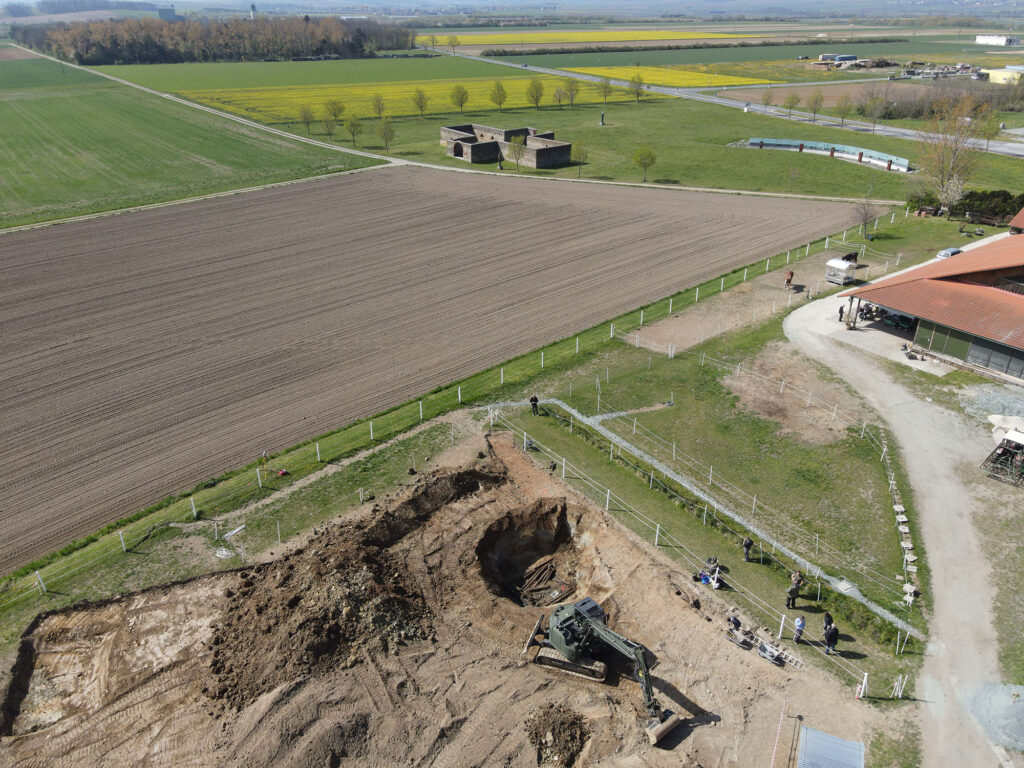
Up to 50 people attended the party, some of whom were SS officers, Gestapo leaders and local collaborators.
Slave labourers held in nearby work camps were being hastily moved on before the Russian troops arrived and some were being housed on the castle grounds. Those that were sick or injured were ordered to be executed.
It is known that there were two senior Nazis that were vying for attention, her part-time lover and Gestapo official, Franz Podezin or another paramour, Hans Joachim Oldenburg, a Nazi commander.
It is believed that one of them had come up with the idea of the hunt that you entertainment to impress her.
The victims were assembled at a nearby barn named the Kreuzstadl, stripped naked and casually murdered – many shot, but some simply beaten to death.
After the deed, party guests returned to the castle and continued drinking into the next morning and sharing accounts of their gruesome deed while 18 surviving prisoners were ordered to bury the victims.
Podezin and the countess escaped repercussions by fleeing ahead of the nearby Russian troops to Switzerland and Margit enjoyed a long life and reputation as a champion horse breeder. To this day her family remain wealthy and influential.
Soon after, two witnesses to the crime were murdered, and the house of another burned down with all key documents about the case subsequently destroyed.
Nowadays, only the ruins of the castle remain. It was destroyed by fire as the Red Army arrived, and many believe it was Germans, not Soviets, who lit the blaze. The walls of the Kreuzstadl also remain and now serve as a monument to the crime.
The villainous act is now variously referred to as the Rechnitz Massacre, the Kreuzstadl Massacre and even the Palm Sunday Massacre.
In the late 1960s it has been reported that graves of 18 victims were stumbled upon with the bodies being exhumed and sent to a Jewish cemetery in Graz – but these are believed to be the burial squad who were later executed after completing the task.
It wasn’t until 1987 that a monument to commemorate the atrocity was erected at the rear of a local park, and locals reportedly still remain divided as to the truth behind the event.
More quiet years passed until the 21st century saw greater efforts to locate the burial site and pay proper respect to the victims.
Several organisations have now participated, including Austrian authorities but still no trace has been found.
The Federal Monuments Office of Austria joined the hunt in 2014, adding extensive research and a systematic approach to the archaeological dig with geomagnetic equipment and ground penetrating radar.
To date they have uncovered reinforced trenches and bunkers as well as remains of a defensive wall built by slave labourers between autumn 1944 and spring 1945 in a futile attempt to repel the advancing soviets. A few war relics, some unexploded ordinance and the remains of a German soldier have also been uncovered in the otherwise fruitless search
And so, with the actual location of the mass grave remaining a mystery, the digging continues this summer with the help of military personnel and resources.
But the group’s first dig of the season this April has found only more disappointment.
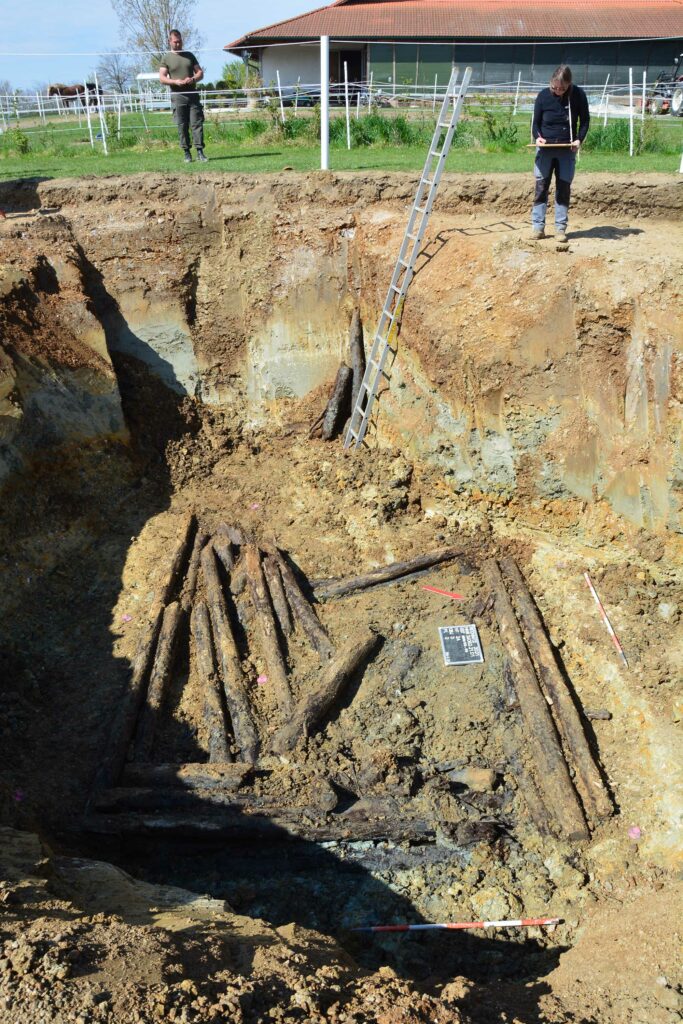
Locating mass graves can be arduous work. In the US, historians and archaeologists have struggled since 1998 to find the place where victims of the infamous 1921 Tulsa race massacre and it was only in late 2020 that they finally stumbled upon what they believe may be the site located in a cemetery close to where the massacre occurred.
Meanwhile. the motive behind the Rechnitz massacre has at times been contested. A few historians have refuted the account by British journalist, David Litchfield, who wrote that some party guests accepted an offer to entertain themselves by participating in the murder.
They argue that the massacre was scheduled to occur regardless of the countess’s party and it was merely chance that it happened at the same time, and was not part of the party’s entertainment.

